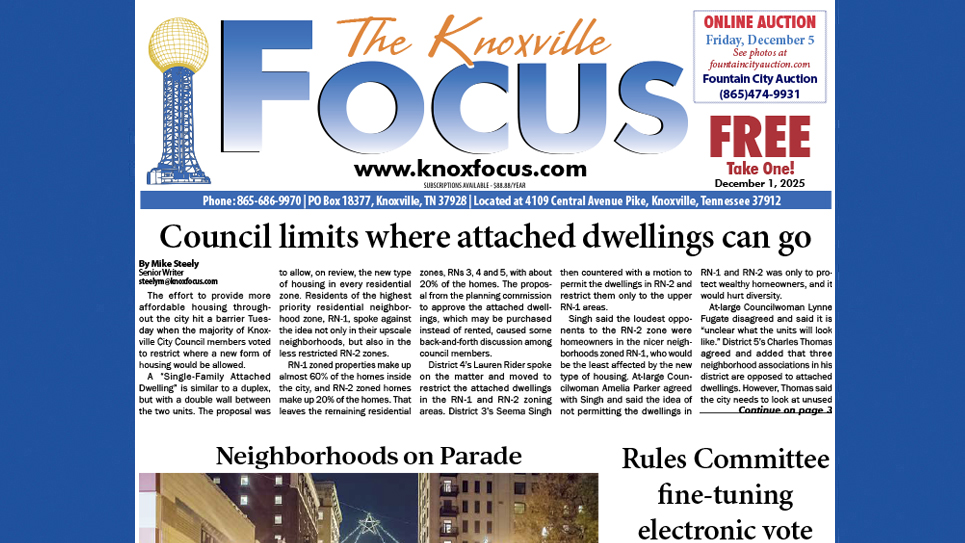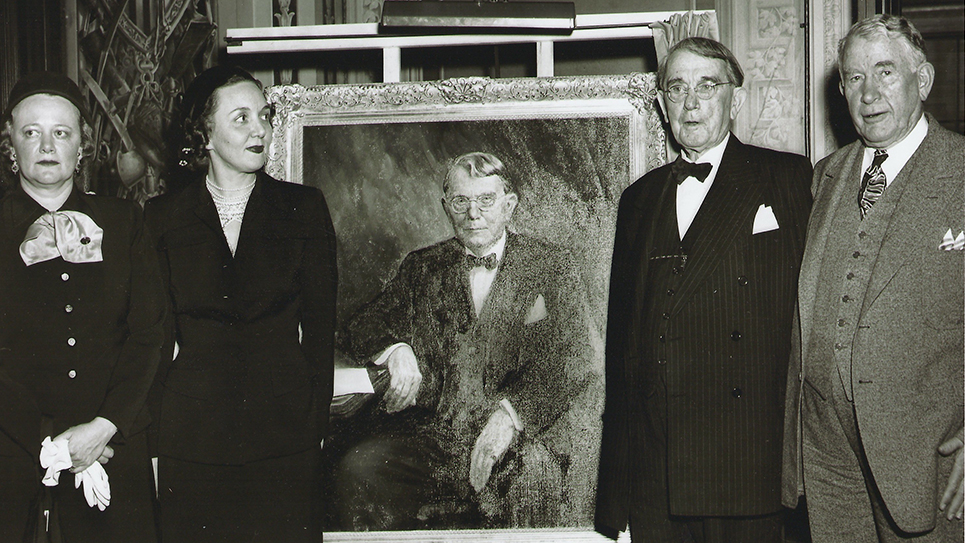By Dr. Harold A. Black
blackh@knoxfocus.com
haroldblackphd.com
Inflation is a rise in the general level of prices. This means that much of the conversation about the cause of the current inflation is confusing at best and essentially wrong. The administration has blamed Putin’s Ukrainian venture, Covid and supply chain bottlenecks as inflations’ primary cause. After first saying that the inflation was transitory, it didn’t take long for the administration to pivot and start pointing fingers at others. Yet Biden has ignored the real culprit – the Federal Reserve.
Yes, there was inflation prior to Biden taking office but that inflation was indeed “transitory”. Trump oversaw a massive increase in spending that was Covid-related but that impact on prices was winding down when Biden took office. Nevertheless, Biden and the democrats pushed thorough a totally unnecessary $1.9 trillion Covid “relief” bill that was a handout to their supporters and contained only about 9% slated to Covid “relief’. From day one, Biden stoked the inflationary fires by declaring war on the fossil fuel industry. His well-documented actions of canceling leases on federal lands, blocking pipelines, discouraging financing of investments in fossil fuels drove up the price of energy. This created a shortage of supply and drove up energy prices. Government policies to “fight” Covid led to supply chain problems as ships await unloading primarily at California docks. This too has led to an increase in prices. Thus, when one looks at the causes of the inflation, it is easy to blame supply shortages.
However, the great Milton Friedman said that in every instance inflation is a monetary phenomenon. That is, inflation cannot occur in the absence of an increase in the money supply. Think of inflation as being the measure of the total air in a balloon and the money supply being the air. If prices increased without adding more air, then it is like one squeezing on the balloon. Prices would go up in on sector but must go down in others. But the total air in the balloon is the same only its being redistributed. Hence, no change in the general level of prices and no change in inflation. Thus, a decrease in supply of some goods would lead to higher prices for those goods but consumers would then demand less of other goods.
The only way to get more inflation is through an increase in the money supply. That is, pump more air into the balloon. The blame for inflation lies squarely on the Federal Reserve. Over the past two years, the Fed has increased the money supply by 40 percent. M2 has increased from $15.5 trillion in 2020 to over $22 trillion today. In doing so the Fed has added to its balance sheet by purchasing over $5 trillion in mortgage backed and Treasury securities. The Fed is staffed by a bunch of smart people who know the consequences of their actions. They know fully well that this dramatic runup in the money supply causes inflation and they know that it is not “transitory”. So why do it? First, the initial runup was deemed necessary to keep the economy from falling into a deep recession due to Covid. However, post-Covid the Fed has continued its easy money policy. In large part it is because its chairman Jerome Powell wanted to get Biden to nominate him for a second term. Since Powell was nominated by Trump and that Biden was hell-bent on erasing all signs of Trump from the first day he came into office, Powell was not going to counter Biden’s policies. Instead, he provided the fuel to finance all the unnecessary spending undertaken by the administration. The Fed knew that its actions was inflationary but went ahead anyway. The Fed’s governors and most of its reserve bank presidents usually concentrate on interest rates and not on monetary aggregates like the money supply. Friedman and monetary economists warn that such a concentration invariably leads to inflation as the money supply grows unchecked. And it did.
Since Fed actions impact the economy with a lag of 12-36 months, look for a longer term inflation. Also hopes for a soft landing are just that – hopes. More than likely, interest rate fixation rather than concentrating on money growth will lead to a recession. Let’s hope that the Fed doesn’t try to overcorrect because the last time it did so, it caused a longer economic slump. Leaving the market to self-correct without Fed interference should cause a shorter term recession, but I am not holding my breath.





